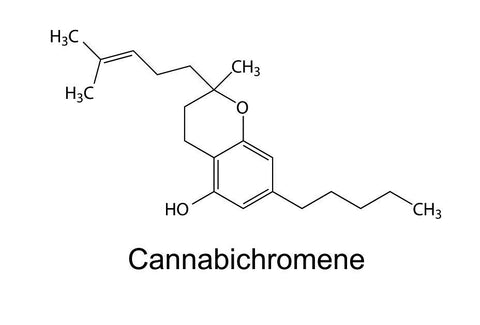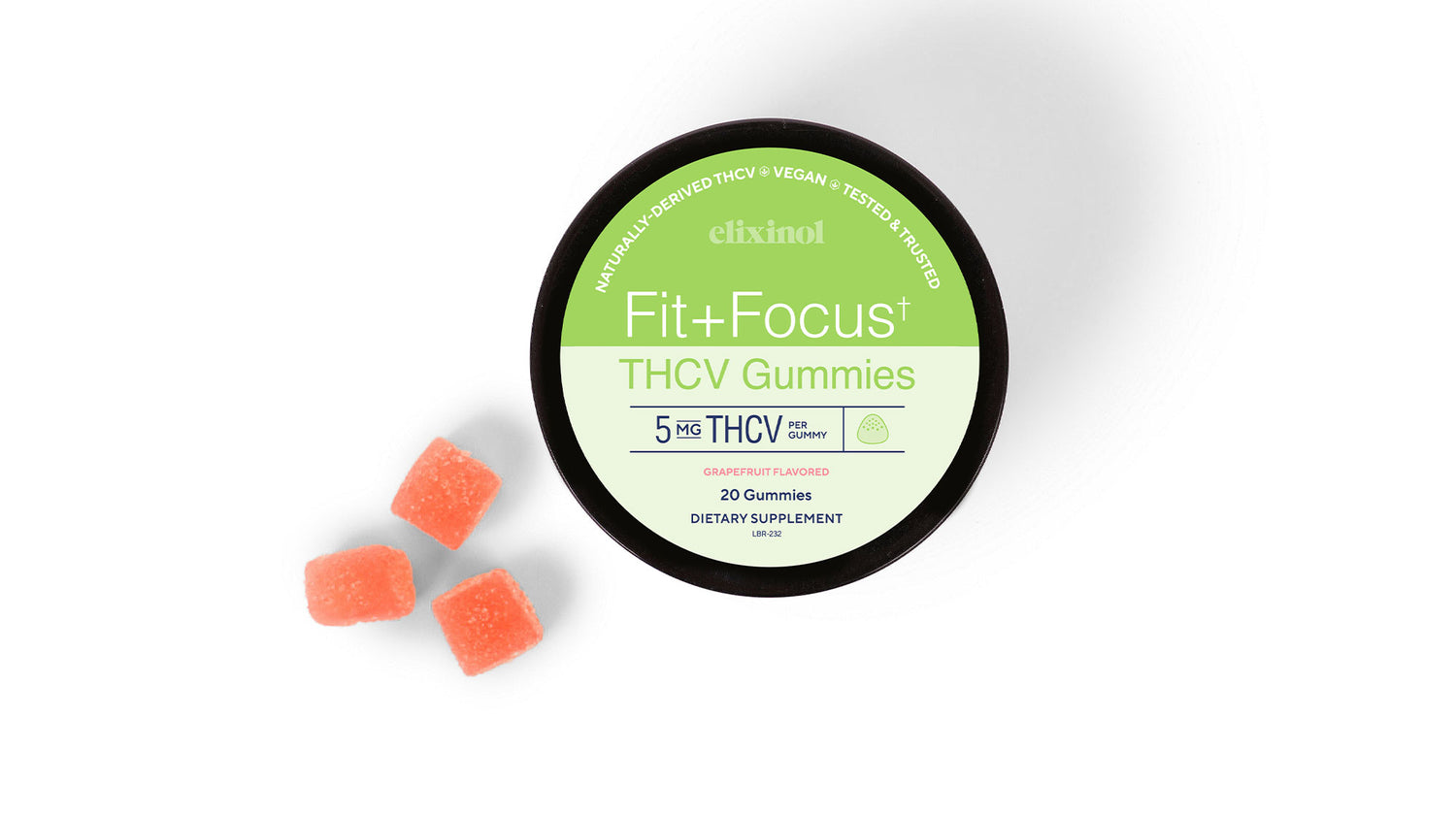Cannabinoids Explained (Part 5): Cannabichromenes(CBC)
CBC is less popular than other phytocannabinoids but has multiple nutritive benefits. Studies show that this compound can provide relief of certain temporary symptoms thanks to its analgesic properties, and that cannabichromenes may have anti-inflammatory and anti-viral properties.

We continue our 'Cannabinoids Explained' series with Cannabichromene (CBC), a compound that is naturally found in the cannabis plant and is similar to other cannabinoids discussed until now – THC, CBD and CBN.
Cannabichromenes (CBC) is obtained from CBG-a and considered the “stem cell” of cannabinoids because it is the precursor for the most important compounds in the cannabis plant, THC, CBD and CBC.
What studies say about cannabichromene (CBC)
Cannabichromene has been shown to fight bacteria and fungi, including E. coli and S. aureus, having strong antibacterial effects. According to researchers at the University of Mississippi, the compound may act against gram-positive, gram-negative and acid-fast bacteria.
Another study, this time conducted by Italian researchers, showed that CBC might be effective in reducing temporary symptoms of inflammation, although its effects are not as strong as THC’s. Then, the phytocannabinoid has been studied in rat models. Scientists at the University of Mississippi have showed that CBC contributes to the nutritive benefits of Cannabis sativa, although it activates different pathways than THC.
The anti-inflammatory properties of CBC have been proven by several studies. One of them, published in the British Journal of Pharmacology, showed that the compound can relieve temporary symptoms of inflammation.




